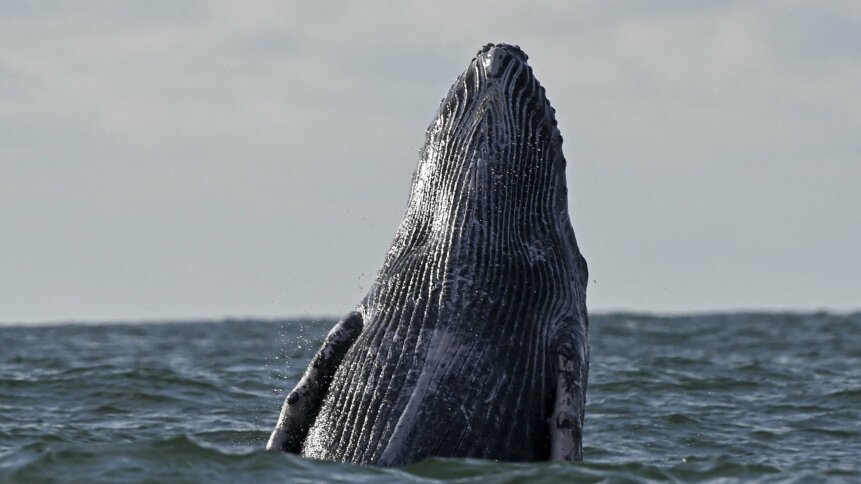Researchers having a whale of a time with deep learning AI algorithms

Deep learning AI algorithms are becoming the key technology in some of the most complicated use cases around the world. While AI and machine learning tools continue to enhance most basic human processes, deep learning is enabling ad.
In healthcare, deep learning AI is already being used to ease the workloads of medical practitioners thanks to its diagnostics capabilities in providing accurate results and recommendations in real-time. Various fields in healthcare are already seeing more deep learning use cases being implemented, particularly in specialized areas like cancer detection.
While the healthcare industry is benefiting from deep learning, astoundingly researchers are now also implementing the AI in understanding and communicating with whales. Whales have been studied for the longest time and continue to amaze researchers with new discoveries, especially in terms of communication.
In fact, submarines use the same form of echolocation that whales use to communicate underwater. There were even reports of Chinese scientists researching ways to camouflage undersea signals using the sound pulses emitted by sperm whales.
Deep learning and whale communication
Researchers from Florida Atlantic University’s (FAU) Harbor Branch Oceanographic Institute and the College of Engineering and Computer Science are using AI and machine learning methods to develop a new and more accurate method of detecting whale up-calls. Utilizing multimodal deep learning algorithms (MMDL), the researchers evaluate acoustic recordings and make decisions on the presence of up-calls.
Focusing on the North Atlantic Right Whale, the researchers are hoping the new deep learning tools will help reduce the false positives that have often been detected through passive acoustic technology. The Right Whale communicates by vocalizing a variety of low-frequency sounds such as moans, groans, pulses, and belches.

(Photo by Renaud Dupuy de la Grandrive / AFP)
According to the study’s findings published in the Journal of the Acoustical Society of America, MMDL detection outperformed conventional machine learning methods. It also demonstrated superiority in terms of the up-call detection rate, non-up-call detection rate, and false alarm rate. The researchers feel the autonomy of the MMDL detector will be able to effectively monitor and protect the critically endangered Right Whale.
“Our deep learning algorithm is a significant advancement on conventional machine learning methods. The near-zero false-positive, false-negative and false alarm rates indicate that this new MMDL detector could be a powerful tool in the detection and monitoring of the low density, endangered North Atlantic Right Whale, especially in environments with high acoustic-masking,” said Laurent M. Chérubin, Ph.D., senior author of the university’s report and a research professor at FAU Harbor Branch.
YOU MIGHT LIKE

How deep learning models are pushing healthcare forward
“Since the attributes of the MMDL system are not signal specific, we believe that it can be used as a classifier for all applications in which multiple classes are involved,” he added. Cherubin worked with Ali K. Ibrahim, first author and a post-doctoral research associate at FAU Harbor Branch.
Can deep learning make communication with animals a reality
Deep learning AI tech is enabling research in other whale and marine species as well. The MMDL system can serve as a tool to effectively monitor and assess the importance of understanding surprising new behaviors in a changing ocean.
Scientists from the National Oceanic and Atmospheric Administration and Google are also working together to train a deep learning convolutional neural network to identify humpback whale song in over 187,00 hours of acoustic data. The data was collected over 14 years at 13 different monitoring sites in the North Pacific.
Processing a long-term dataset using deep learning enables a detailed view of the seasonal and long-term occurrence of whales within known breeding areas and in regions where visuals surveys are not possible. The study also allows for a comprehensive analysis of the full data collection of the humpback whale song.
Apart from whales and other marine species, scientists are also looking at ways to use deep learning AI models to communicate with other animals. While it may be some time before any success is achieved, the research is not ruling out any possibilities in communicating and understanding animal behaviors better on land, under the sea, or in the air.









